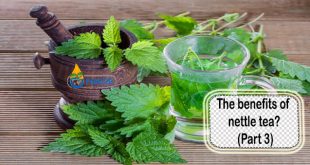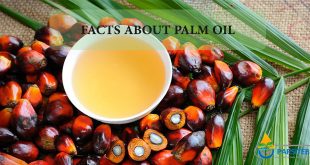Name: Wormwood
Biological Name: Artemisia absinthium
Other Names: Wormwood, absinthium, green ginger, absinthe, old woman, southernwood
Parts Used: Leaves or flowering tops
Active Compounds:
bullet
Volatile oil with a high level of thujone
bullet
Sesquiterpene bitter principles: including absinthine, an. sunshine, anabasine, and matricide
bullet
Volatile oil, of variable composition, usually containing a- and b-thujone as the major component, up to about 35%; with thujyl alcohol, azulenes including chamazulene, 3,6- and 5,6- dihydrochamazulene; bisabolene, cadinene, camphene, sabinene, trans-sabinylacetate, pinene, phellandrene and others.
bullet
Sesquiterpene lactones; artabsin, absinthin, anabsinthin, attempting, Arabs in, certain, artabsinolides, matricin, isoabsinthin, artemolin and others.
bullet
Acetylenes, in the root; trans-dehydromatricaria ester, Cl3, and Cl4 trans-spiroketalenol ethers and others
bullet
Flavonoids; quercitin 3-glucoside and 3-rhamnoglucoside, spinacetin 3-glucoside and 3-rhamnoglucoside and others
bullet
Phenolic acids; p-hydroxyphenylacetic, chlorogenic, p-coumaric, protocatechuic, syringic, vanillic and other acids
bullet
Lignans; diayangambin and epiyangambin.
Remedies For:
bullet
Loss of appetite
bullet
Dyspeptic complaints
bullet
Liver and gallbladder complaints
Bitter, carminative, anti-microbial, anthelmintic, aromatic, tonic, antiseptic, febrifuge. The drug is administered for loss of appetite, dyspeptic disorders, bloating, meteorism and dyspepsia as a result of convulsive gallbladder disorders.
In folk medicine, wormwood preparations are used internally for gastric insufficiency, intestinal atonia, gastritis, stomach. ache, liver disorders, bloating, anemia, irregular menstruation, intermittent fever, loss of appetite, and worm infestation.
Externally, the drug is applied for poorly healing wounds, ulcers, skin blotches, and insect bites.
Wormwood is primarily used as a bitter; it has the effect of stimulating and invigorating the whole of the digestive process. Used for indigestion, especially when due to a deficient quantity or quality of gastric juice. It is a powerful remedy in the treatment of worm infestations, especially roundworm and pinworm. It may also be used to help the body deal with fever and infections. It benefits the body in general.
Description:
Native to Europe, N. Africa, and Western Asia, cultivated in the USA and elsewhere.
The plant grows from 2 to 4 feet in height. The numerous flower heads are short-stemmed and hang in a many-flowered panicle. The capitula are small, globular, inclined and 3 to 4 mm wide and almost as long. The bracts are gray, silky-pubescent with a rounded tip. The outer ones are linear-oblong and pubescent while the inner ones are ovate, obtuse, broad, and have a transparent, membranous margin. The receptacle is rough-haired. The flowers are yellow and fertile. The fruit is about 1.5 mm long.
Mode of Administration:
The comminuted herb is used for infusions and decoctions. Powdered herb, extracts, and tinctures in liquid or solid forms are used for oral administration. A combination with other bitters or aromatics is common.
Preparation:
To prepare an infusion, pour 150 ml boiling water over 1/2 teaspoonful of the drug, strain after 10 minutes. A decoction is prepared by adding 1 handful of the drug to 1 liter of boiling water for 5 minutes. To prepare a tea, use 1 g drug in 1 cup water.
Pill:
The powdered herb may be used to get rid of worms in the form of pills, thus avoiding the extreme, bitter taste.
Daily Dose:
The total daily dose is 3 to 5 g of the herb as an aqueous extract. The internal dose of the infusion is 1 cup freshly prepared tea taken 30 minutes before each meal. The tincture dosage is 10 to 30 drops insufficient water taken 3 times daily. The liquid extract dosage is 1 to 2 ml taken 3 times daily.
Externally, a decoction is used for the healing of wounds and insect bites.
Storage:
Wormwood must be kept in sealed containers and protected from light.
 Parsi Teb Physical and Mental Health Journal
Parsi Teb Physical and Mental Health Journal 



